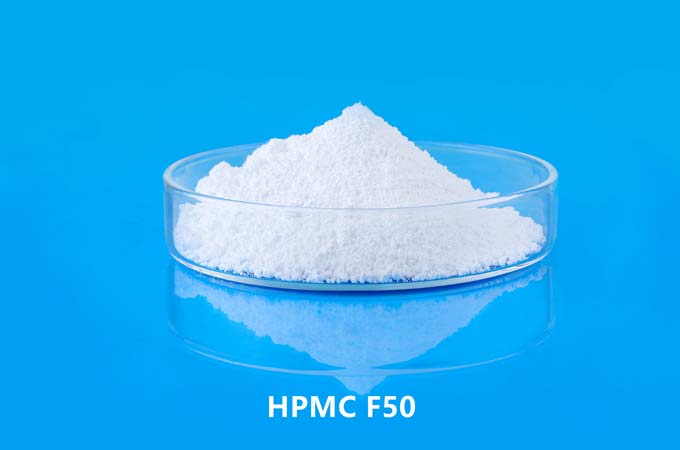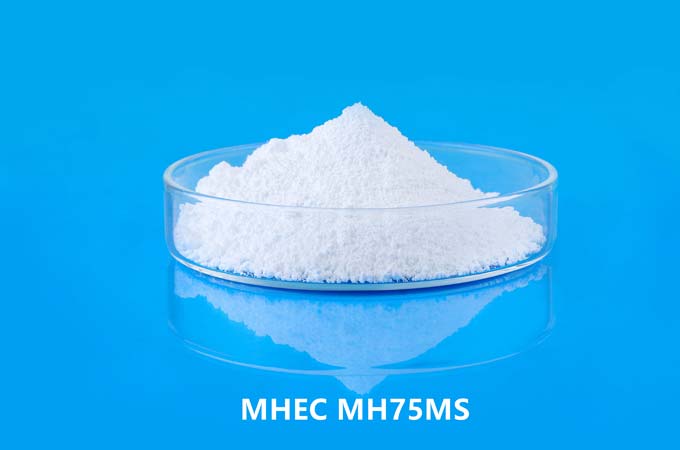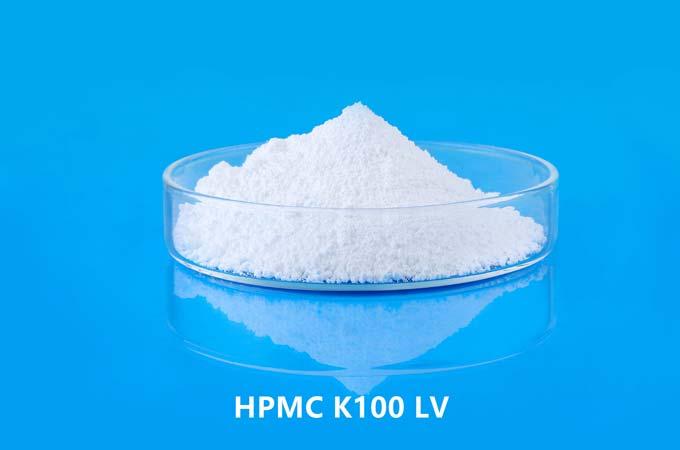Hydroxypropyl methylcellulose (HPMC) is a commonly used and generally safe ingredient in various industries including pharmaceuticals, food and cosmetics. It is a derivative of cellulose, a natural polymer found in plant cell walls. HPMC is used for a variety of properties, including the ability to regulate viscosity, provide film-forming capabilities, and act as a thickener or gelling agent. Although it is generally considered safe, there are certain aspects that need to be considered, such as its application, potential side effects, and regulatory status.
1. Medical purposes:
A. Drug Delivery:
HPMC is widely used in the pharmaceutical industry as an excipient for oral dosage forms, such as tablets, capsules and controlled release formulations. It has multiple functions, including controlled drug release, enhanced stability, and improved bioavailability.
B. Ophthalmic solutions:
In ophthalmic solutions, HPMC is used to increase viscosity, extend contact time and improve drug efficacy. It is generally well tolerated in eye care products.
2. Food application:
A. Thickener:
HPMC is used in the food industry as a thickening agent to help improve the texture and consistency of products such as sauces, soups and dairy products. Regulatory agencies generally regard it as safe for use (GRAS).
B. Vegetarian and vegan alternatives:
HPMC is often used in vegetarian and vegan foods as a gelatin substitute. This creates gels and textures without using animal-derived ingredients.
3. Cosmetics and personal care:
A. Skin care products:
In cosmetics and personal care products, HPMC is used in a variety of formulations such as creams, lotions, and gels. It helps improve the texture, stability and overall performance of the product.
B. Hair care products:
HPMC is included in hair care products such as shampoos and conditioners to enhance viscosity and improve the texture of the formula.
4. Security considerations:
A. Oral ingestion:
HPMC is generally safe when taken orally when used in medicine or food. It is non-toxic and is not absorbed throughout the body in large amounts.
B. Ophthalmic purposes:
In ophthalmic solution, HPMC is well tolerated by the eye and adverse reactions are rare. It is important to follow recommended dosages and use concentrations within safe limits.
C. Allergenic potential:
Although HPMC is generally considered non-allergenic, individuals known to be allergic to cellulose may exhibit allergic reactions. However, this is uncommon.
D. Digestive system:
HPMC is known to resist digestion by enzymes in the human digestive system. Therefore, it passes through the gastrointestinal tract without being absorbed into the bloodstream.
5. Regulatory status:
A. FDA Approved:
In the United States, the Food and Drug Administration (FDA) regulates the use of HPMC in drugs and food. It is generally regarded as safe (GRAS) when used within specified limits.
B. European Union:
In the EU, HPMC is approved for use as a food additive and its safety has been assessed by the European Food Safety Authority (EFSA).
C. Other regulatory agencies:
Multiple other regulatory agencies around the world, including those in Asia and Latin America, have evaluated and approved the use of HPMC in different applications.
6. Potential side effects:
A. Gastrointestinal effects:
In some cases, high concentrations of HPMC may cause mild gastrointestinal effects such as bloating or gas. These effects are usually temporary and disappear once the body becomes accustomed to the substance.
B. Eye irritation:
Although HPMC is generally well tolerated in ophthalmic solutions, rare cases of eye irritation may occur. Individuals with existing eye conditions should consult a healthcare professional before using such products.
7. Conclusion:
Hydroxypropyl methylcellulose (HPMC) is a versatile and generally safe ingredient used in drugs, foods, and cosmetics. Its widespread use is supported by regulatory approval and evaluation by various health authorities. As with any substance, HPMC must be used according to recommended guidelines and within specified concentration limits to ensure safety. Individuals with certain health conditions or allergies should seek the advice of a health care professional before using products containing HPMC. Overall, when used correctly, HPMC helps formulate high-quality products across multiple industries.
 English
English 日本語
日本語 français
français Deutsch
Deutsch Español
Español italiano
italiano русский
русский português
português العربية
العربية Türkçe
Türkçe Nederland
Nederland



